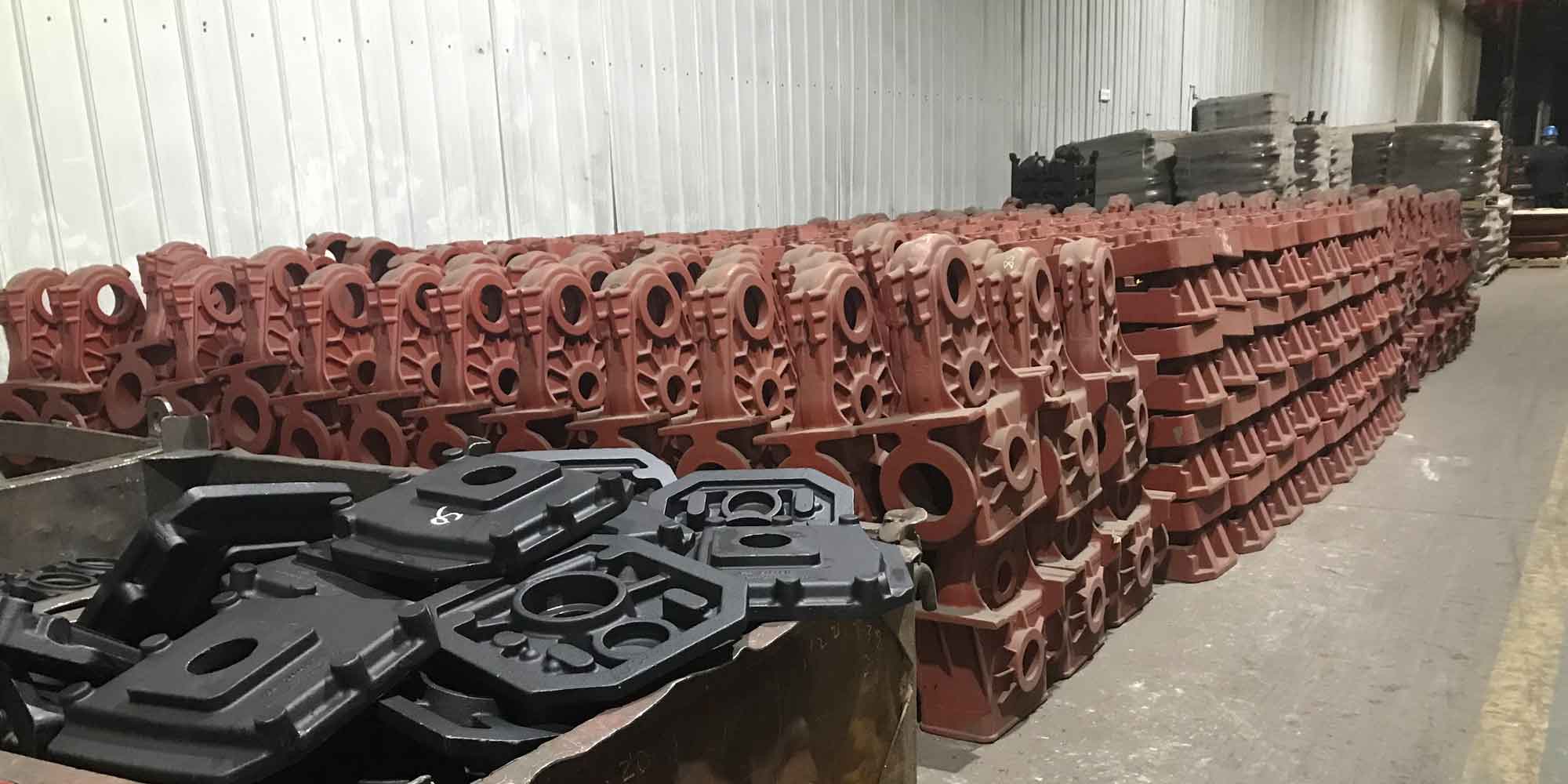Steel castings are critical components in heavy machinery, where structural integrity and defect-free properties are non-negotiable. This study focuses on optimizing the casting process of a steering knuckle, a pivotal part in wheeled vehicle systems, using Computer-Aided Engineering (CAE) simulation tools. The original casting process exhibited defects such as sand inclusions and shrinkage porosity in critical regions, leading to a 21% rejection rate. By integrating CAE-driven design modifications, we achieved a significant reduction in defects, improving the qualification rate to 98.6%.
1. Structural Analysis and Initial Process Design
The steering knuckle, weighing approximately 85 kg, features a complex geometry with varying wall thicknesses (Figure 1). Key challenges included thermal hotspots at the R85 mm arc and axial regions, which were prone to sand inclusions and shrinkage defects. The initial process utilized a DS80 ester-hardened sodium silicate sand molding line with a top-gated浇注 system. Chemical composition requirements are listed in Table 1.
| C | Si | Mn | P | S | Fe |
|---|---|---|---|---|---|
| 0.29–0.36 | 0.40–0.80 | 1.30–1.90 | ≤0.040 | ≤0.040 | Bal. |
2. Numerical Simulation and Defect Prediction
ProCAST software was employed to simulate filling and solidification dynamics. The governing heat transfer equation for casting simulation is expressed as:
$$ \frac{\partial T}{\partial t} = \alpha \nabla^2 T + \frac{L}{C_p} \frac{\partial f_s}{\partial t} $$
where \( T \) = temperature, \( \alpha \) = thermal diffusivity, \( L \) = latent heat, \( C_p \) = specific heat, and \( f_s \) = solid fraction. Mesh refinement localized critical regions (Figure 2), with parameters configured as per Table 2.
| Parameter | Value |
|---|---|
| Material (Casting) | ZG30Mn |
| Mold Material | Quartz Sand |
| Interfacial Heat Transfer Coefficient | 500 W/(m²·K) |
| Pouring Temperature | 1,570°C |
| Initial Mold Temperature | 25°C |

3. Process Optimization Strategies
Defect analysis revealed that the original top-gating system caused turbulent flow, entrapping sand in the R85 mm arc. Modifications included:
- Redesigning the gating system to bottom pouring, minimizing turbulence.
- Reducing the R85 mm arc to R65 mm to shrink thermal mass.
- Adding a φ60 mm × 55 mm sand pedestal for enhanced cooling.
The Niyama criterion (\( N \)) validated the optimized riser design:
$$ N = \frac{G}{\sqrt{\dot{T}}} $$
where \( G \) = temperature gradient and \( \dot{T} \) = cooling rate. Higher \( N \) values (>1) confirmed reduced shrinkage susceptibility.
4. Validation and Results
Post-optimization simulations showed elimination of isolated liquid zones (Figure 3). Production trials of 216 steel castings demonstrated only 3 rejections, with machining confirming defect-free axial sections (Figure 4). Key performance metrics are compared below:
| Parameter | Original Process | Optimized Process |
|---|---|---|
| Rejection Rate | 21% | 1.4% |
| Solidification Time | 210 s | 185 s |
| Max. Thermal Stress | 325 MPa | 278 MPa |
5. Conclusion
Integrating CAE simulation into steel casting process design enables precise prediction and mitigation of defects. For the steering knuckle, optimizing gating, reducing thermal mass, and enhancing cooling lowered rejection rates by 19.6%. This methodology is scalable to other steel castings, ensuring higher quality and cost efficiency.
